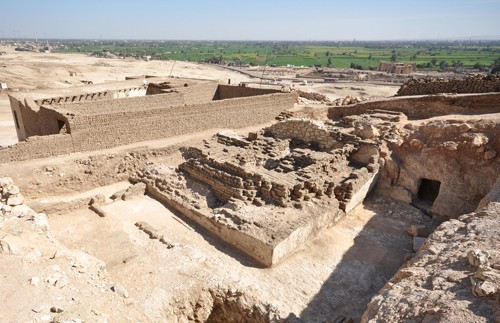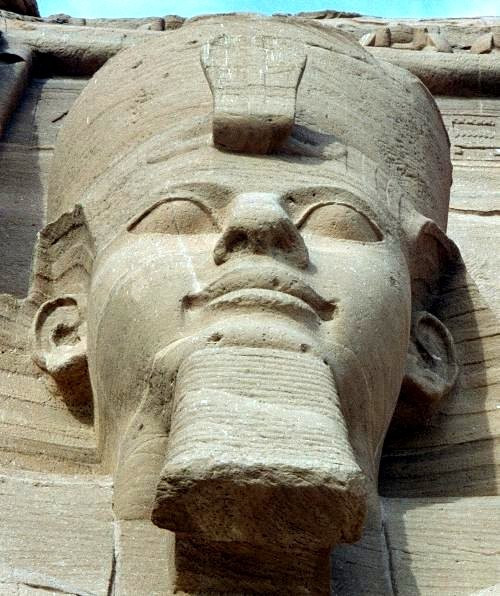Egyptologists Find 3,000-Year-Old Tomb of Ramses II Adviser in Luxor
Mud brick pyramid held last resting place of Ramses II's senior adviser Khay

Belgian researchers have discovered the 3,000-year-old tomb of a senior adviser to Pharaoh Ramses II in Luxor, Egypt.
The researchers, from the Université libre de Bruxelles and the Université de Liège, were excavating the hill of Sheikh Abd al-Qurna on the West Bank of Thebes when they found a large mud brick pyramid which they dated to the Ramesside period (1292-1069BC).
After examining the tomb, they determined it belonged to a vizier, or high official, of Upper and Lower Egypt named Khay.
A vizier was the highest official to serve the pharaoh in Ancient Egypt during the Old, Middle and New Kingdoms. There are two statues of Khay in the Cairo Museum.
"The discovery is of great importance. The vizier Khay is well known by many Egyptologists documents," the Université libre de Bruxelles said.
"Occupying the highest office in the civil realm, Khay has been involved in the celebration of the first six jubilees of Ramses II.
"He also oversaw the community of artisans responsible for carrying out the royal tombs in the Valley of the Kings and Valley of the Queens."
The tomb was situated on a crest of the hill overlooking the mortuary temple of Ramses II.

The pyramid measured 12 square metres and its original height would have been 15 metres, making it a "remarkable feature on the landscape of Thebes", the university said.
Khay served as vizier for 15 years during the reign of Ramses II, who was Pharaoh from 1279-1213 BC.
The adviser's tomb was covered in a bright whitish plaster and topped with a stone decorated with the image of the god Ra-Horakhty.
The monument was mostly dismantled in the seventh and eight centuries AD, when the tomb was transformed into a Coptic hermitage, the university said.
The Egyptian empire fell less than 150 years after Ramses II's death.
The city of Luxor, in ancient Thebes, is a popular tourist destination because of its architecture and ancient Egyptian artefacts.
© Copyright IBTimes 2025. All rights reserved.





















